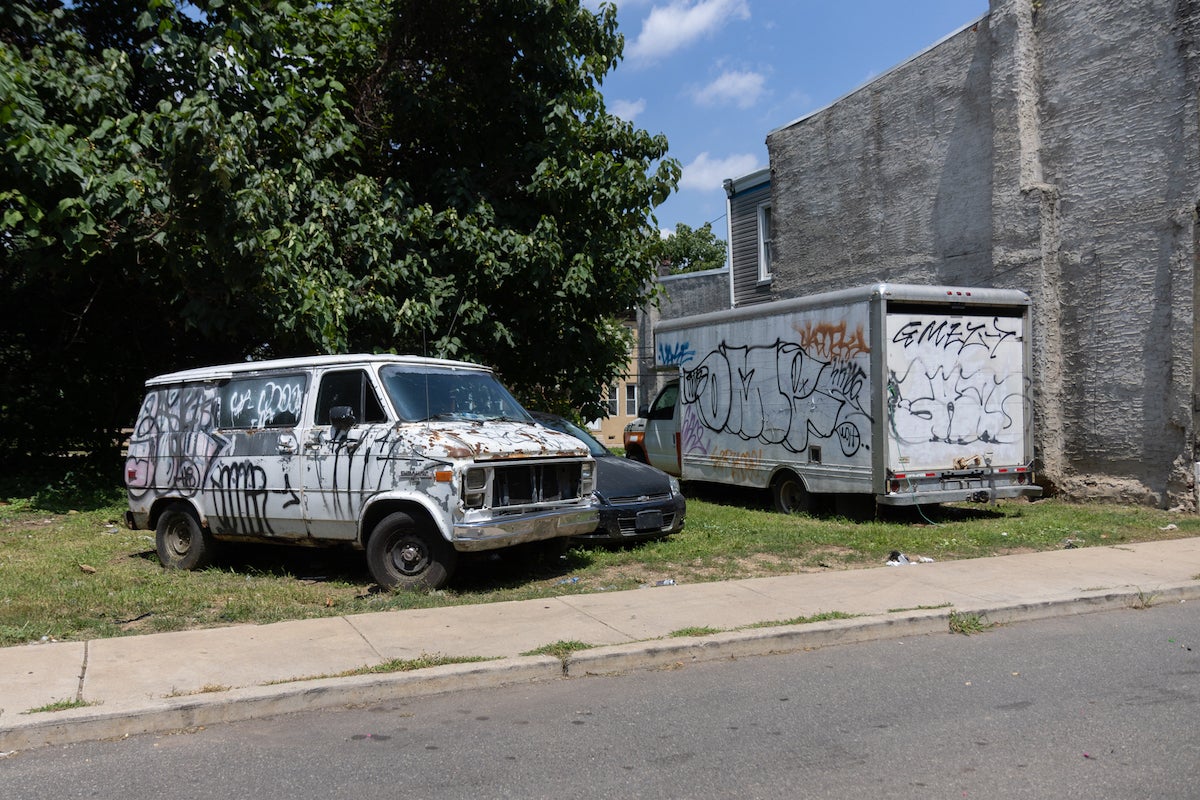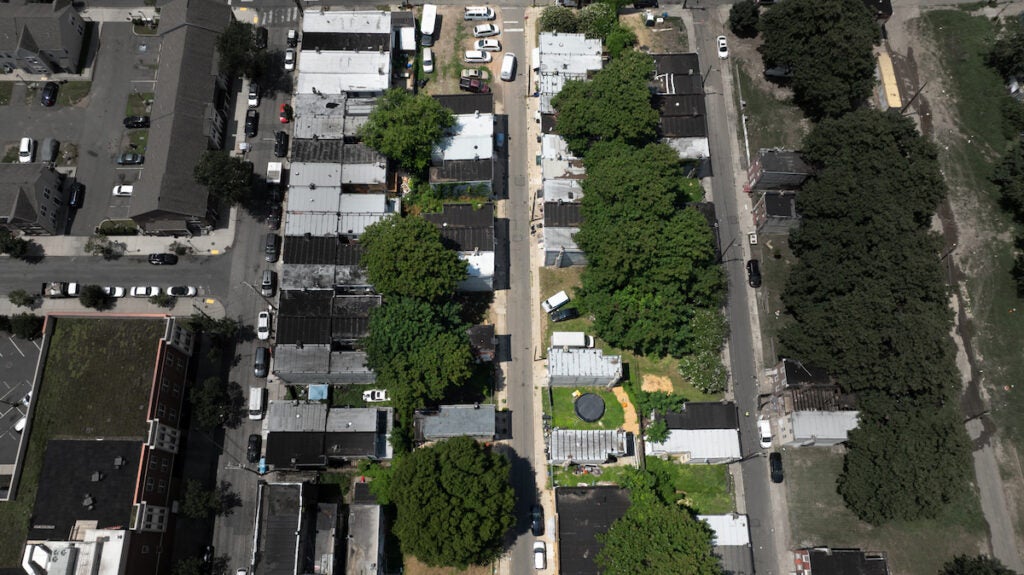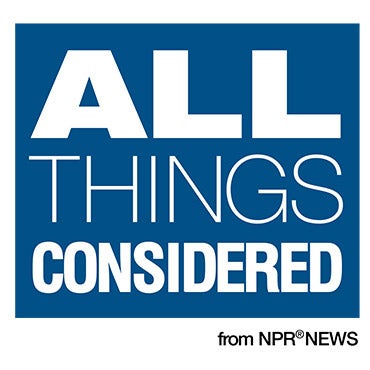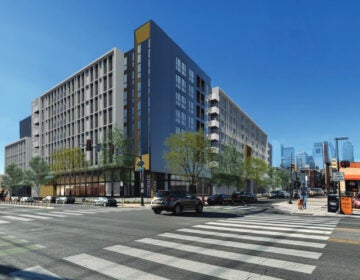Philadelphia’s most demolished street and what happens after the houses are gone
West Monmouth used to be a cobblestone street so clean you could eat off it, according to Lawrence West. Now almost 40% of the street’s houses are gone.
Have a question about Philly’s neighborhoods or the systems that shape them? PlanPhilly reporters want to hear from you! Ask us a question or send us a story idea you think we should cover.
Walking down West Monmouth Street today, you’ll see more than a dozen empty lots, filled with trash, children’s toys and abandoned cars. The trash and cars, some vandalized with spray paint, stand against the colorful row homes that remain amid the razed lots.
The only reminders of what had been there are the rough, unfinished sides some of the still-standing homes have. The edges of these homes look like a puzzle missing a piece.
Since 2007, West Monmouth has been the most demolished street in Philadelphia due to the properties being unsafe and vacant, according to city data. Of the 39 lots on the street, 15 have had their respective houses torn down, and no development has returned to the street since.

Lawrence West, 70, is a Democratic committeeperson who has lived on the street for around 65 years. He recounted when West Monmouth and Germantown Avenue, one of the connecting streets, were made of cobblestone.
“It was nothing like this,” West said, pointing down the street with one hand, his wooden walking stick, the handle in the shape of a fist, in the other. He complained about the dirt and trash accruing in the street and lots.
“You could bring a box of eggs out here, put the eggs on the ground and cook them and eat them,” he reminisced.
West’s described past wouldn’t last, as the area would be labeled as the “Badlands” in the 1980s and ‘90s due to the sale and use of drugs in the neighborhood. The use of vacant housing for drug-related purposes has a plethora of related problems, including increased violence in the area, fire hazards and other safety issues.
So the city would demolish an entire block of rowhouses on West Stella Street, just two streets over from Monmouth, to try and combat these issues.

Shemeka Moore, spokeswoman for the Department of Licenses and Inspections, wrote in an email that if a building is declared unsafe and the subsequent violations are not taken care of, “the L&I [Inspections’ Code Enforcement] team can seek enforcement up to and including demolition of the property.”
According to West, these issues had taken hold of the street he lived on.
“They’d come, they’d shoot up, they’d smoke,” West said. “And then next thing you know, you got fires. That’s not healthy.”
He knows the dangers of unsafe housing. The home that he and his two sisters shared on West Hazzard Street caught fire.
“I got the one out, I went back in to go get my other sister who was at the time at the top of the steps,” West said, recalling the fire. “I got halfway up the steps, and the steps collapsed.”
“I saved one, and couldn’t save the other,” he said. At the time of the fire, he was 6.
So he made sure his street was safe and reported the hazardous and vacant homes to the Department of L&I.
“I had 13 houses tore down on this block,” he said.
On Feb. 7, 2013, 12 of the street’s houses were demolished, according to city data. A month later, two more were torn down, one of which was seemingly tacked on to the demolition plans after West’s initial complaint. The last building demolition on the street took place in October 2016.
All 15 demolitions were undertaken by the city. They left behind empty lots, now filled with trash and forgotten items.
The now-demolished lots remain undeveloped, owned by an assortment of people, rental groups and the city itself. They aren’t empty, as trash and vehicles have accumulated there over the years.
Before anything is built, “they need to clean the goddamned trash,” West said, referring to the lot owners.
Which raises the question: What happens when a property is undeveloped and abandoned?

After the demolition, the now vacant lot still remains in possession of the owner of the building, Moore wrote.
This means it is still up to the owner to have a vacant lot permit and take care of the grass, trash and other detritus. If that owner doesn’t take care of the vacant property, the city might have the Pennsylvania Horticultural Society step in to help clean the lot to bring it up to code.
The society helps maintain some 12,000 of the 40,000 vacant lots, said Keith Green, vice president of the organization’s Healthy Neighborhoods program.

“We actually bid this work out,” Green said. “That money is used for small local businesses and nonprofits in the neighborhood that will clean those lots,” doing so twice a month.
The city passes the cost to the owner during this process, and if the owner doesn’t pay, a lien is taken out against the property.
This has happened on the most demolished street in Philadelphia, specifically 1030 W. Monmouth St., which is marked with a plaque and a wooden fence. This fence doesn’t deter much, as the lot is still accessible due to the gap in the middle and ends.
Even after the twice-a-month cleaning — which only happens for the few lots on the street under the Pennsylvania Horticultural Society’s care — the trash soon returned.
For residents of the street, the solution to what to do with the lots that once had 15 houses on them is simple.
“Either rebuild them, or keep them clean,” West said.
Over time, the once-open parcels have become magnets for trash and long-forgotten vehicles, including a white van turned rainbow with spray-painted graffiti. Judging by the faded inspection tags — and by West’s recollection — it hasn’t moved in about five years.

Get daily updates from WHYY News!
WHYY is your source for fact-based, in-depth journalism and information. As a nonprofit organization, we rely on financial support from readers like you. Please give today.






